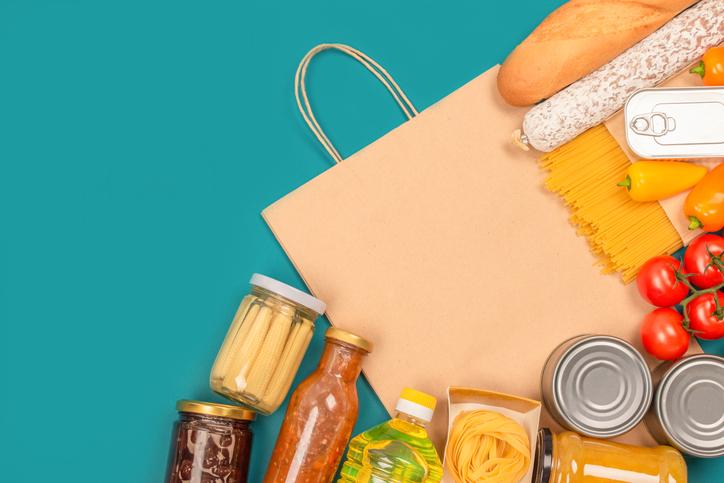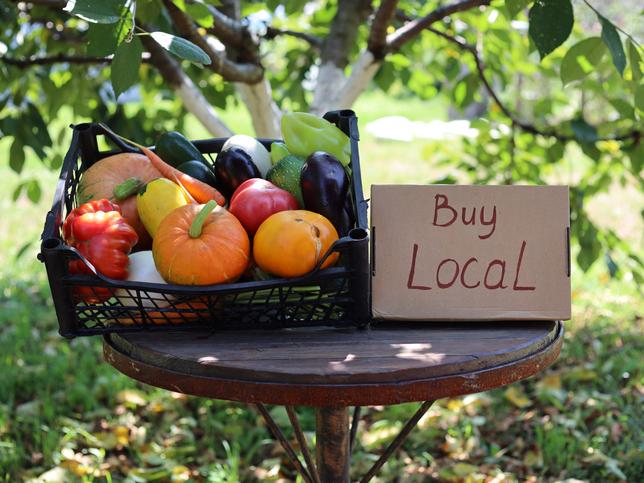Between exams, papers, labs and extracurriculars, the last thing on students’ minds is garbage.
It’s not that we don’t care. We know that mountains of trash are clogging oceans, hurting wildlife, endangering human health and more. It’s that taking action to cut waste can be an uphill battle.
During my undergraduate degree in immunology, I would ask the University of Alberta (U of A) restaurants to serve me food in glass containers that I brought from home. They often obliged, but carrying clunky containers everywhere I went was not convenient.
- Start your university on a path to resilient net zero
- To offset or not to offset – that is the question
- For the common good: why we need ecological universities
I knew there must be an easier way to reduce waste on our campus – something that was built into the university restaurant system and took the onus off individuals on campus. That’s why I and a group of like-minded students created DishZero.
DishZero is a by-student-for-student reusable takeout container and mug-share programme that our team piloted for three months in early 2023 in two U of A restaurants. It will launch again in September with the support of at least three more vendors.
The way it works is simple: campus food vendors sign up to receive our mugs and clamshell-style polypropylene takeout containers. Restaurants serve their food and drinks in our dishes, and customers sign the dishes out using a QR-code system. They return them to bins labelled with the DishZero logo in campus cafeterias.
It’s not flashy, like some waste-reduction technologies can be; it’s not the first nor the only programme of its kind; and it’s not (yet) in every restaurant on our campus. But it is an effective way to keep university garbage bins from overflowing with disposable takeout containers. During our pilot, we diverted more than 480 containers from landfill.
We believe programmes such as ours have the potential to eliminate waste from takeout containers if applied on a large scale. Although we are still refining DishZero, we learned much in the three years we spent researching and preparing to launch the programme, during our three-month pilot and in the time since the pilot ended.
We believe the following tips will be useful to you, whether you’re a student group looking to do something similar or decision-makers in charge of cutting waste at your institution.
Tips for starting a reusable dish service
- Incorporate sustainable practices into your service. Consider how your programme can embody environmental, social and financial sustainability. Choose dishes that are robust enough for repeated use without breaking and are sourced as locally as possible. Don’t insist on an ecologically perfect system or one that requires an expensive buy-in or deposit – these will make it unsustainable from an economic standpoint.
- The container matters. We spent a long time choosing the right containers. The key things to look for are: a container that is made from a sustainable material and is safe to eat from. We also wanted them to withstand multiple washes, tolerate rough handling, clean easily and be fully recyclable. And we wanted the dishes to become carbon-neutral after only a few uses. Not a single container was damaged during our pilot period, even though some users treated the containers like footballs. After reviewing many lifecycle analyses, we went with North American supplier Huber, although you could find success with other companies. We chose locally produced dishes in polypropylene plastic that are BPA free and microwave/dishwasher safe.
- Know your student body. Students will be using this service more than any other campus demographic. That means you should understand what your student body wants before you launch your reusable-dish programme. We ran surveys and determined that students wanted to be able to check dishes out using their phones. We used a QR code, but other universities have been successful using token systems or manual sign-out sheets, or even forgoing dish-tracking entirely. The programme should be adapted to your school and what your student body desires.
- Use the programme to support student learning and provide students with work experience. The entirety of DishZero was prepared and implemented by current students or recent grads. We had so much to learn to start the programme: drafting bylaws, logistics, marketing, web development, negotiating with building managers and outreach to vendors, to name a few elements. Students across faculties and departments pitched in to help us in areas where we lacked expertise. In turn, we offered work on a real non-profit project where students could apply the skills they had learned in their degrees and which they could list on their résumés.
- Market the service to students who might be neutral or uninterested in sustainability. Students who are highly motivated to act sustainably will not need much convincing to use your reusable-dish service. But those who are neutral might ask themselves: “Will taking this reusable dish add an extra layer of complexity to my day?” So it’s vital to ensure your dishes mimic the single-use alternative and are as simple, or nearly as simple, to use as containers that go in the trash. Highlight this simplicity in your marketing.
- Be flexible. During our pilot we lost about 10 per cent of our circulating inventory. Our drop-off bins were too similar to the U of A’s Zero Waste stations (despite our research into branding and design); students would accidentally recycle DishZero dishes and place trash in DishZero drop-off bins. Regardless of the amount of pre-pilot preparation you have done, you will face a high attrition rate as the campus adjusts to your programme. In response to this, we plan to use more distinct drop-off bins in the fall. Similarly, in preparation for our pilot, we spent nearly a year creating our tracking system, which allows users to sign in by scanning a QR code and confirming a cached university login. However, many users still struggled with the system, finding it slower and more tedious than web standards. To address these concerns and promote new and sustained usership of the programme, we have teamed up with the U of A chapter of Blueprint to create a seamless web app. Users will be able to create an account, will only need to log in once, and will receive personalised waste-diversion reports and dish-return push notifications if desired.
- It’s OK that this work isn’t glamorous. Exciting waste-reduction technologies might captivate imaginations more than a reusable takeout service – but are many university campuses ready to set up bioplastic composting facilities or cultivate labs of garbage-eating bacteria? Operational sustainability initiatives are easy to start, simple to operate and, most importantly, they work.
Rojine McVea is a co-founder of DishZero and a graduate of the University of Alberta, Canada.
If you would like advice and insight from academics and university staff delivered direct to your inbox each week, sign up for the Campus newsletter.




comment